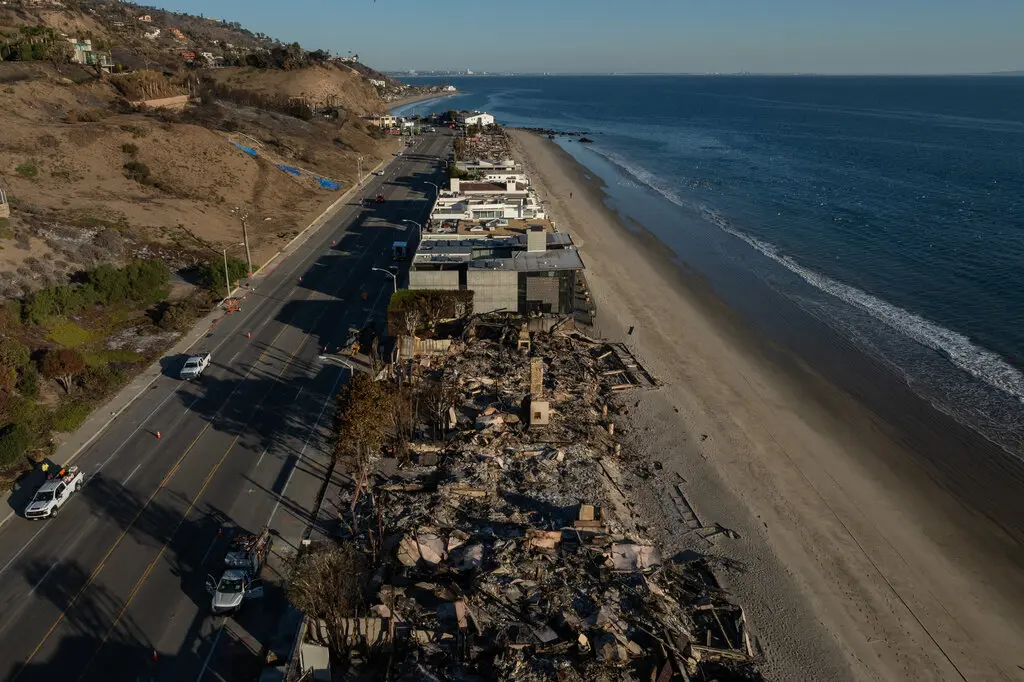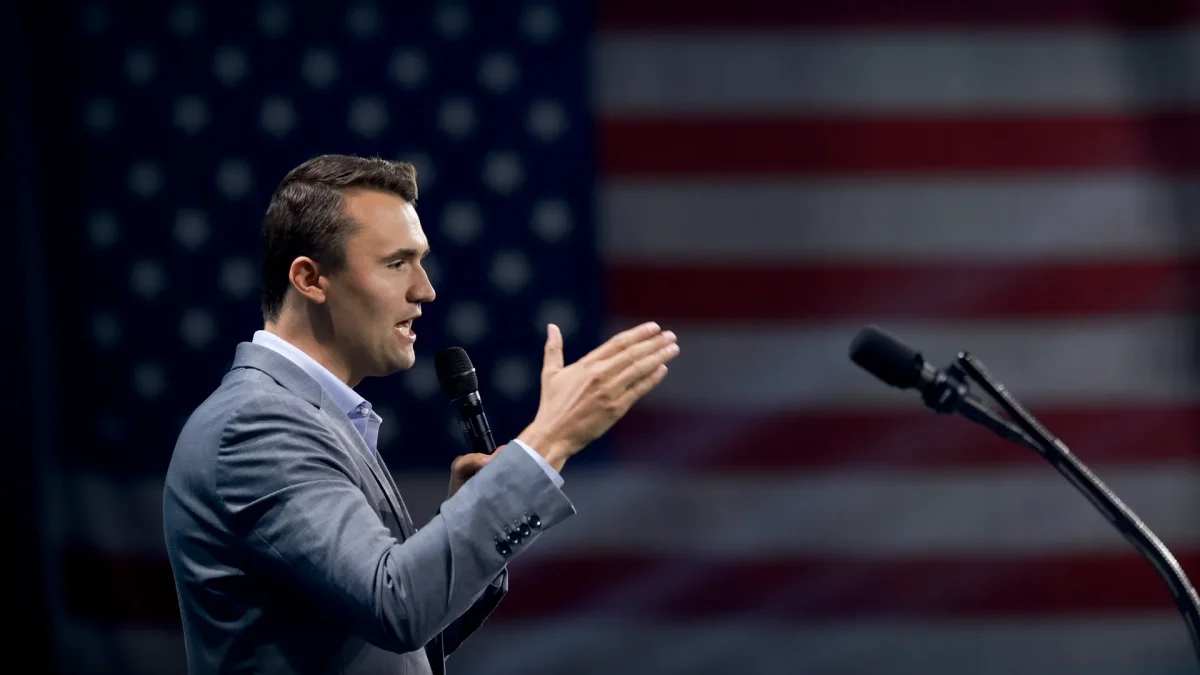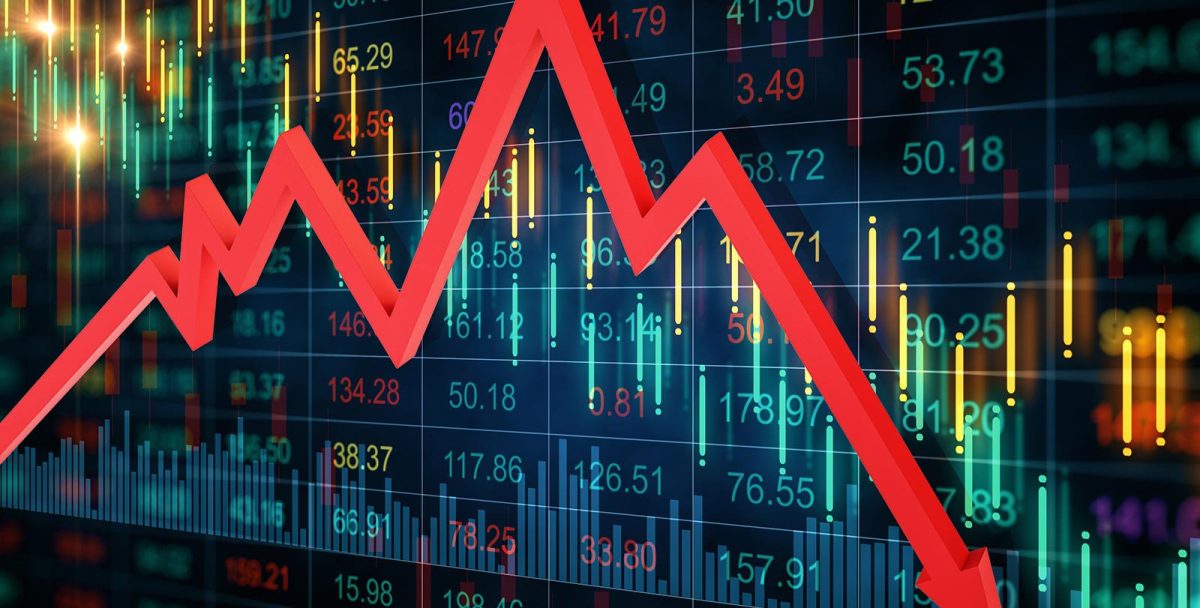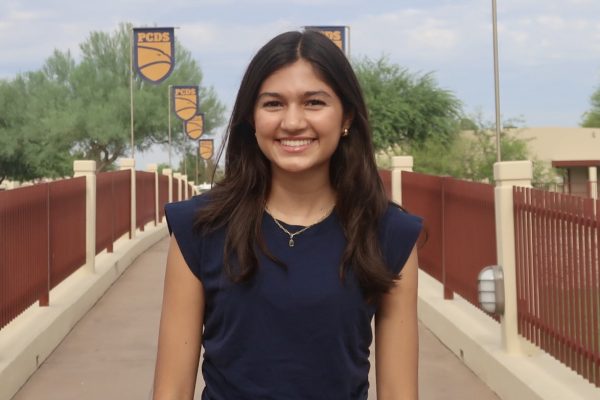Since their beginning on January 7th, 2025, the Los Angeles wildfires have affected tens of thousands of people. With the tragedy occupying headlines nationwide, it can be difficult to get the facts straight, especially with information—and fire—spreading rapidly. Here’s an overview of what has happened:
The Beginning
On Tuesday, January 7th, three fires broke out in different regions of L.A. county: Palisades, Eaton, and Hurst. Their origins have yet to be determined, but investigators have hypotheses.
The leading theory for the cause of the Palisades fire points to the Temescal Ridge hiking trail, popular for its access to views of the Pacific Ocean and Skull Rock, a boulder that resembles a skeleton. On New Year’s Eve, an ephemeral fire broke out there, but is said to have stopped within hours. However, one week later, morning hikers on the trail reported a strong scent of smoke. By that afternoon, the Palisades fire was already spreading.
Another potential cause, specifically for the Eaton and Hurst fires, relates to the Southern California Edison Company, an electrical company whose equipment could have ignited a blaze.
Whether the Skull Rock incident or S.C.E. are related to the fires is to be determined, but when the flames did break out, dry vegetation combined with harsh Santa Ana winds, which reached up to 70 mph, exacerbated the problem.
The Damage
As of Thursday, January 16th, the Palisades, Eaton, and Hurst fires have swallowed 23,700 acres, 14,000 acres, and 800 acres, respectively. The flames have razed homes, schools, businesses, and cars, among other structures. While most residents in affected areas have evacuated, the fire has killed at least 27 people. Witnesses of the scene describe it as apocalyptic.
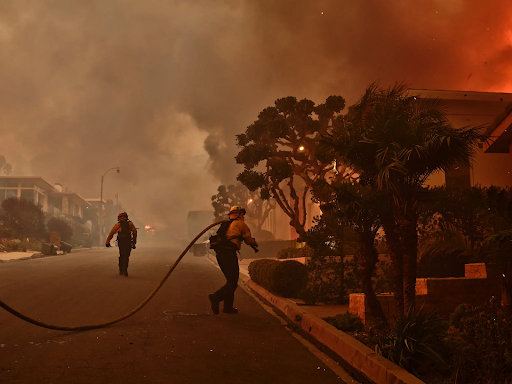
Extinguishing the Fires and Helping People
First responders are working hard to put an end to the destruction. As of Thursday, the Palisades fire was 27% contained; Eaton was 55% contained, and Hurst, along with other small blazes, was 100% contained. A drop in temperature and an uptick in humidity over the weekend are expected to help control the fires.
Not only have firefighters persistently worked but also Americans have shown support for those who have left their homes behind through clothing and food drives, shelters, and GoFundMe donations.
Moving Forward
As one of the most destructive wildfires in California’s history, it will take weeks for people to return to the most hard-hit areas and years to rebuild. This tragedy serves as a warning to better prevent, prepare for, and contain wildfires in the future. What matters the most right now, however, is not how it could have been stopped earlier; it is controlling the fires and saving lives.

